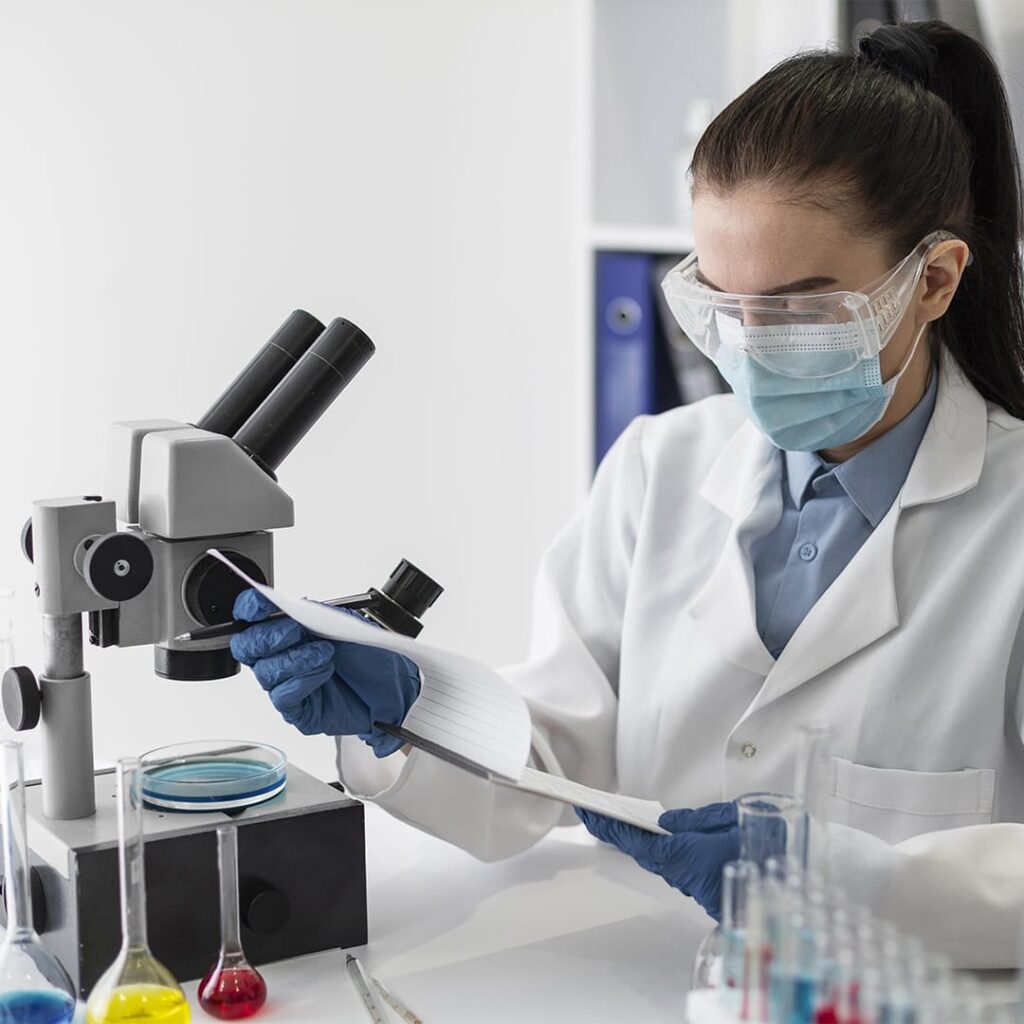Pharmacovigilance
Pharmacovigilance encompasses a range of public health activities related to risk analysis and management, all of which contribute to the rational use of medicines.

OMS, 2025.
Pharmacovigilance: Ensuring the Safety of Medicines
Medicines including vaccines have transformed the prevention and treatment of diseases over time. Along with their benefits, however, they can also cause side effects, some of which may be undesirable or unexpected.
Benefit–Risk Balance
Pharmacovigilance is the science and set of activities concerned with the detection, assessment, understanding, and prevention of adverse reactions or any other drug or vaccine related health issues. The goal is to ensure that the benefit–risk balance remains favorable throughout the entire life cycle of a medicine from its approval to its withdrawal from the market or discontinuation of production.
Pharmacovigilance includes various public health activities aimed at risk analysis and management, which support the rational use of medicines. Identifying, quantifying, and evaluating risks associated with their use helps prevent or minimize harm to patients and enables the implementation of measures to ensure drug safety.
To achieve these objectives, regulatory actions are essential. Pharmacovigilance is a continuous and critical responsibility shared by pharmaceutical manufacturers, healthcare professionals, and even patients themselves. All of them play a key role in monitoring and reporting potential adverse reactions.
Maintaining drug safety throughout its life cycle from preclinical studies to real-world use is fundamental. This ongoing process of detecting, monitoring, and preventing adverse events allows for timely identification of safety signals.
Furthermore, pharmacovigilance supports the contextualization of safety data in clinical practice and helps communicate newly identified risks to both healthcare providers and patients. These actions help ensure that each medicine’s safety profile remains up to date, thereby effectively protecting users.
